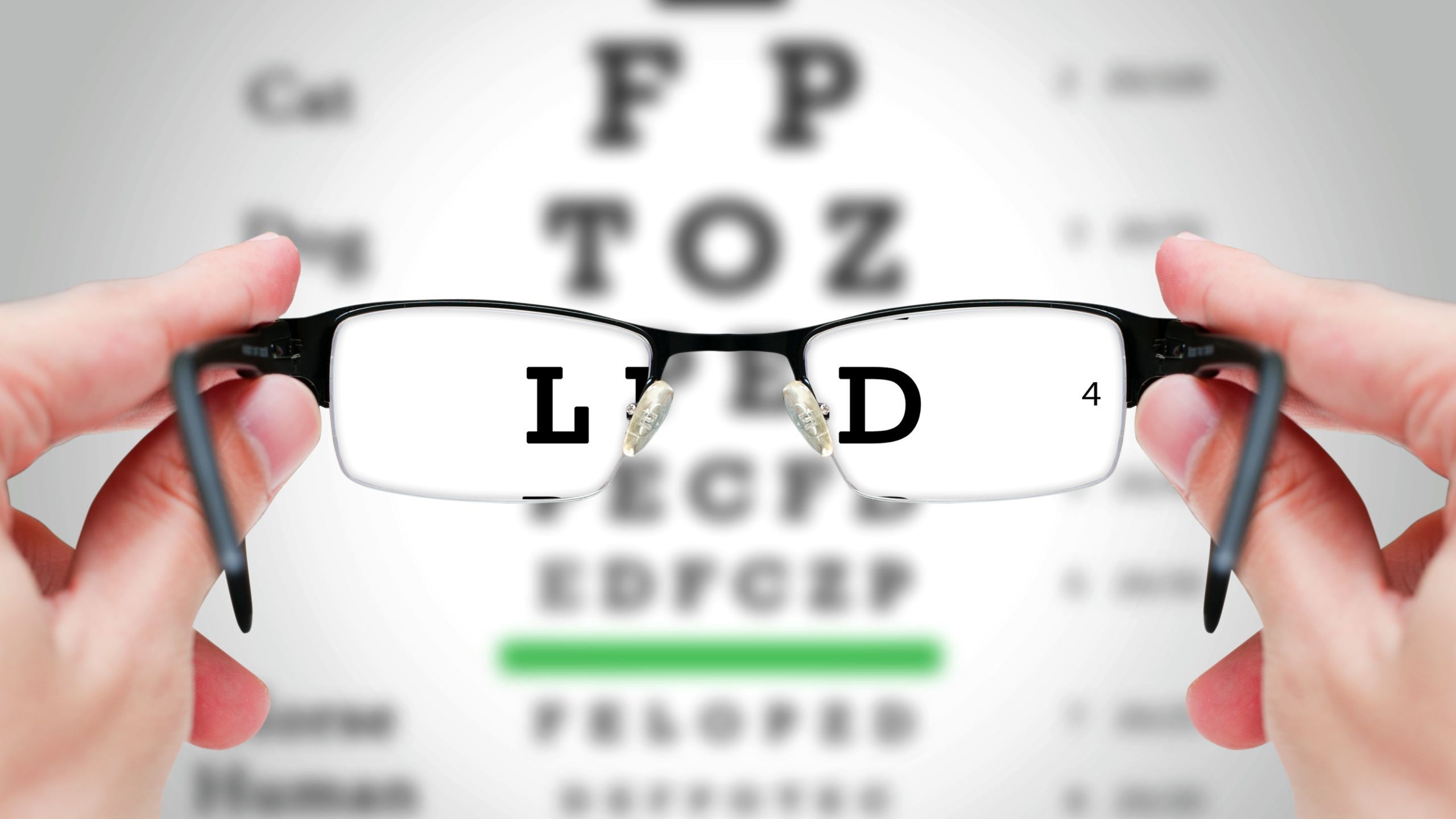
This post details common types of vision impairment problems, how they’re caused, and what happens inside the eye. It also covers basic eye terminology and discusses each problem in an accessible manner.
.
A 2015 study estimated that 253 million people worldwide had some kind of visual impairment ( National Institutes of Health 2015). While vision impairment is very common, it can be difficult to understand what exactly is going on inside of your eye. But, it doesn’t have to be. Some basic terminology to start off: the cornea is the transparent cover of the front portion of the eye; the lens is located inside the eye and it focuses rays of light onto the retina; and the retina is a sensory membrane at the back of the eye the transforms light into signals that can be deciphered by the brain.
There are plenty of different types of vision impairment problems out there, but some are much more common than others. We’ve all heard of cataracts before, but what do cataracts actually do to your eye? Cataracts are caused by a problem with the lens of the eye. Light rays need to pass through your lens to reach your retina, which will then send a message to the brain. Cataracts fog up the lens, making vision blurry and giving lights a halo-like glow.
Another well-known but rarely discussed problem is glaucoma. The eye is filled with fluid, but if there is too much fluid pressure can build in the eye. That pressure can damage the optic nerve, which transfers the information the retina receives to the brain. Glaucoma affects peripheral vision first, and then over time can start to move in towards the center of your eye, affecting the central vision.
One that is much less well-known, but still very common, is macular degeneration. The macula, the center of the retina, is where the light sensing cells of the retina are stored. This means that the macula is the most important part of the retina, it’s what does its job. The macula is vital to central vision, but with age the tissue and blood vessels in the macula can break down. Macular degeneration makes everydays tasks like reading, driving and recognizing faces very difficult.
Finally, we have the refractive errors. The eyeball, lens, and cornea need to fit together in just the right way to allow light rays to refract and land on the retina so they can be processed. The eye is essentially one very, very precise puzzle. If one piece is just a little bit off, vision can blur.
The three types of refractive errors are nearsightedness, farsightedness, and astigmatism. Nearsightedness, or myopia, is when the light ray falls short of your retina. For nearsighted people, close objects are visible but anything far away is blurry. Farsightedness, or hyperopia, is when the light rays overreach your retina. Here, far away objects are visible but near objects are blurry. Lastly there is astigmatism, where the light rays hit the retina at uneven times. Overall, vision problems are very normal and common but like anything, it is best to approach them well equipped with knowledge.
